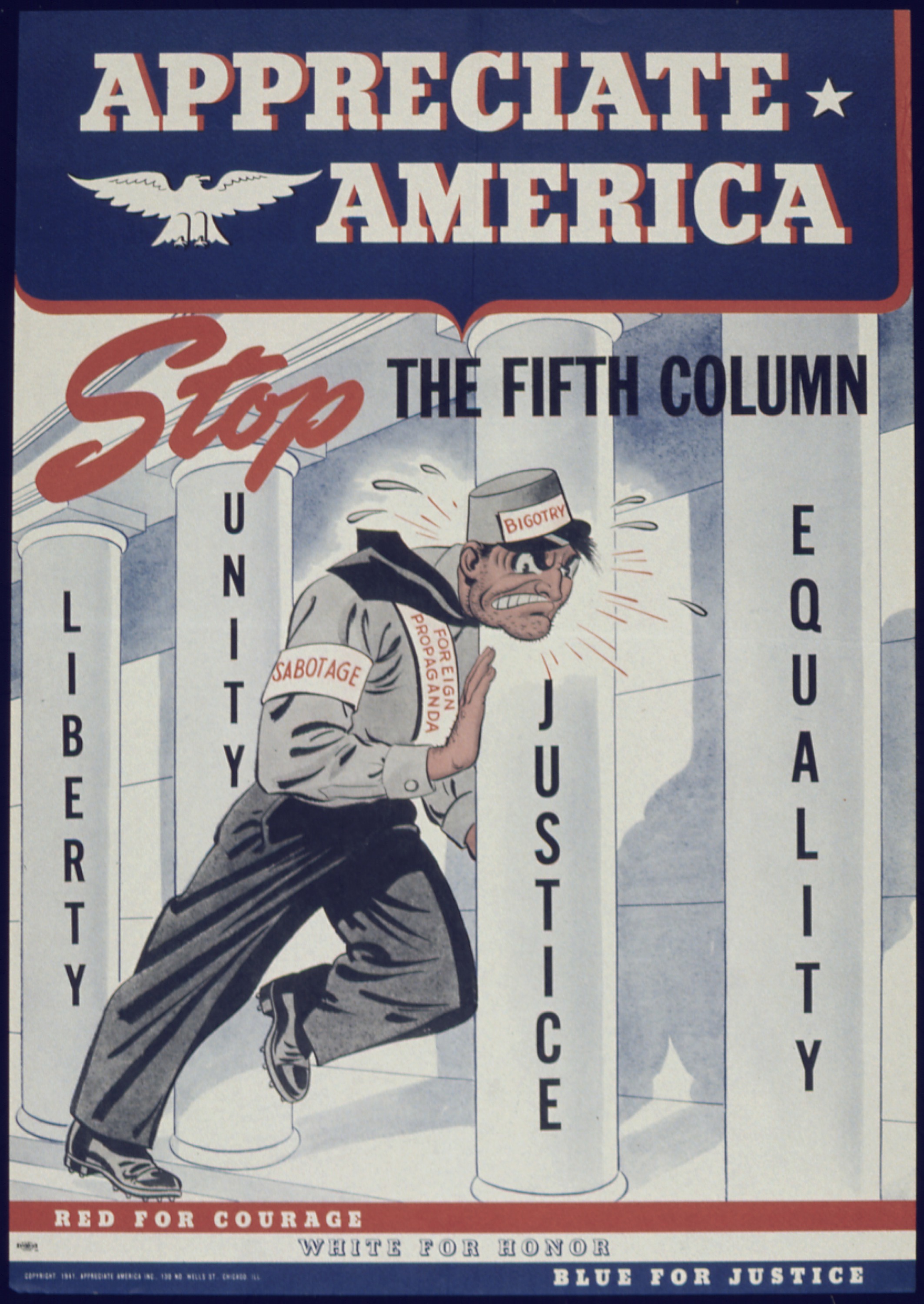(image borrowed from NPR)
The military developed a phonetic alphabet to clarify radio messages during WWII in the Navy. They would use words or names that began with the letter they were using. R was ROGER, which was for Received, translating that the message was understood. WILCO was abbreviated to mean Will Comply, so when a message was received and it was giving a task the response would be ROGER WILCO.
(image borrowed from Youtube)
The bugle call that happens at the end of day within army camps is called "taps." This came about in the 17th century when the British borrowed a Dutch custom to sound a drum and bugle to signal to soldiers that socializing time was over and it was time to get back to work. The Dutch called this "taptoe" which mean to shut off the spigots on the beer and wine casks at the taverns. It's after the lights went out that the taps were signaled to let be known that the soldiers were safely home. This is also why it's played at funerals.
That's rather interesting, as I never knew that. Shines new light on that moment in A Christmas Story! Lol.
(image borrowed from Wikipedia)
When there's a secret force within an enemy's encampment during wartime, it's called "the fifth column." This name comes from the Spanish Civil War when the general led with four columns of infantry during the 1936 siege of Madrid. He was asked if these four columns would be enough and his reply was that he had a fifth column hiding in the city.
(image borrowed from MSMF Wealth Management)
Thomas Jefferson coined the term "war hawk" and since 1798 people who were for war were called "hawks" and those who favored peace were called "doves." Doves comes from the book of Genesis with the story of Noah, who sent a dove over the water to see if it was receding and it had returned with an olive leaf.
(image borrowed from The Washington Post)
Ironically the D in D-Day stands for "day." Yup, it's Day-Day. Bun in reality the D is used as a code, much like the H in H-Hour, as a code of fixed time for when an operation is set to begin. Ex: "D minus thirty" means thirty days before the target date.
This I truly did not know!
(image borrowed from Popular Science)
When a trustworthy person turns against you, it's considered that he's "shown his true colors." This is a phrase that comes from way back, like I don't know how far back because the book didn't say! Lol. It's when a ship would sail under their enemies' colors in order to get close to the enemy and launch a sneak attack. Right before said attack, the ship would raise their true colored flags, thus showing their true colors. Though this deception is considered dishonorable, it's still said that when a once trusted person reveals himself to be the enemy, he's shown his true colors.








Very interesting! I do enjoy your randoms.
ReplyDeletesherry @ fundinmental